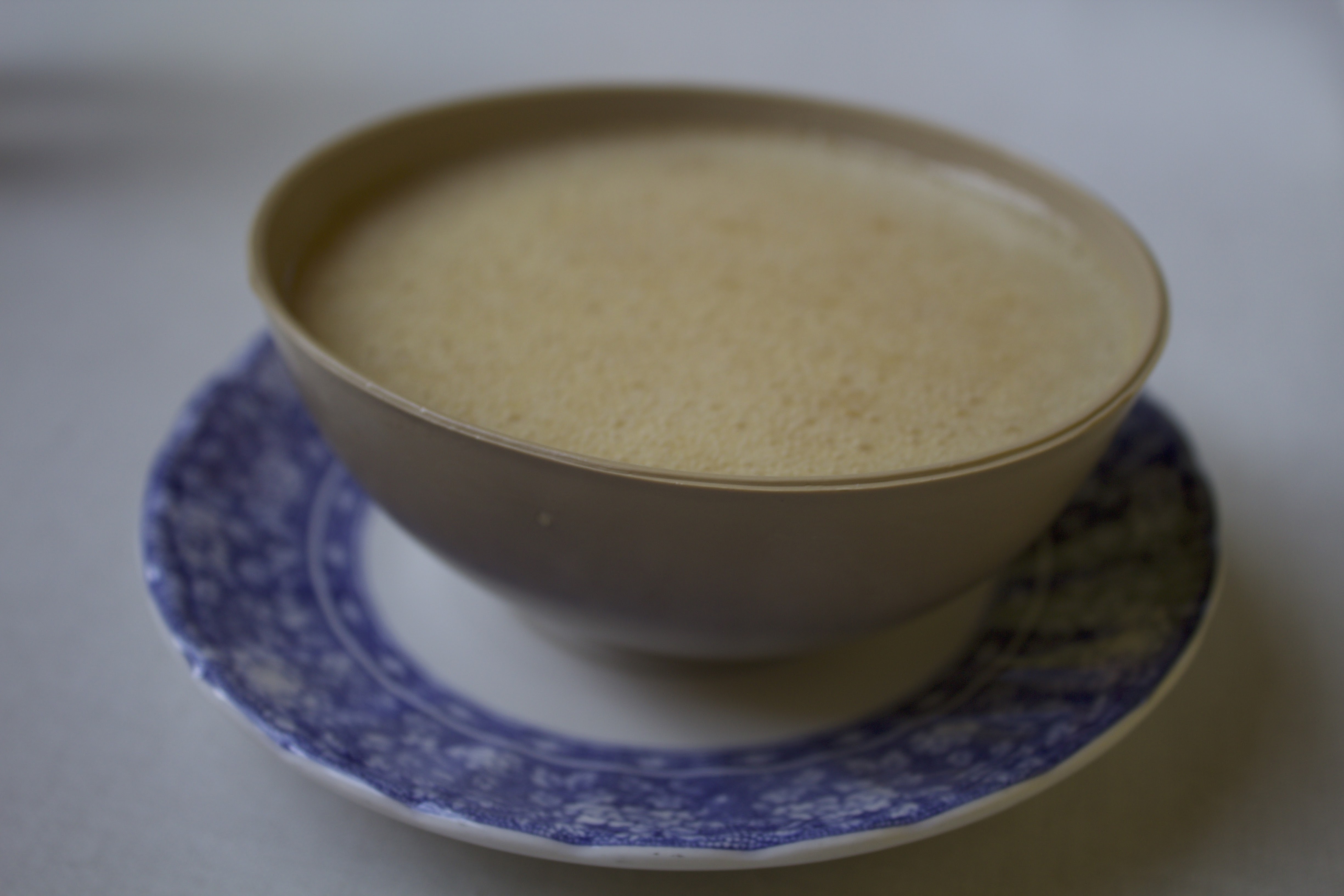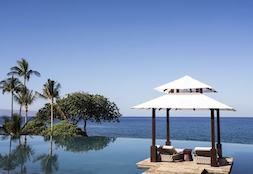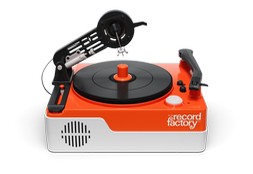A dark back alley in the notorious Colombian capital of Bogotá is probably not the best place to be asking for illegal substances. But here I am, in a shady doorway, inquiring about chicha.
There are versions of chicha across South America—you might have heard of the Peruvian chicha morada, made from purple corn. But in Colombia, it’s a bit different. Here this ancient booze was made from spit. Yep, spit.
It was once drunk by indigenous Colombians and is now making an unlikely comeback in the city—despite being technically still prohibited by law. During a tour of Bogotá street art (the city is home to some of the best in the world), I met an artist who told me that chicha is being brewed in the cellars and backrooms of the historic La Candelaria district. I’ve come to try it.
After a few dead ends, I stumble across a dimly lit bar just off the Chorro de Quevedo plaza. A gruff-looking guy doesn’t bat an eyelid at my terrible Spanish (they’re used to tourists here) and heads to a big tank behind the bar, filling a plastic cup to the brim.

I gingerly sip the frothy yellow liquid. It’s an acquired taste, to say the least. The drink is fizzy, tangy and super sour—kind of like a pale ale gone seriously wrong.
Even though chicha is technically prohibited by law, it’s openly advertised and sold in these bars around the plaza. And it’s made in ‘chicherias,’ which tend to be basements or storerooms. These days chicha is increasingly being drunk by young Colombian hipsters, students and foreign travelers as an alternative to beer (it has a similar alcohol content). Cheap ingredients and low manufacturing costs mean in this part of the city a cup will set you back around 5,000 pesos ($1.75)—but some chicherias are selling it for as little as 50 cents.
After the bar, I move on to a colorful little café which serves the alcohol in hollowed-out coconut cups. By my second third cup, I’m starting to see what all the fuss is about.
Indigenous peoples used to make chicha by grinding maize between their teeth with lots of saliva (hence, the spit). Then in the late 1800s, the drink was the subject of an aggressive propaganda campaign by a big German beer company that was expanding to Colombia. The brewery took out newspaper ads that promoted beer and condemned chicha, branding it filthy. They said it was drunk by criminals and vagrants, and claimed it would make you reckless and stupid.
Chicherias were heavily taxed and limited as a result. And in 1948, the corn brew was banned altogether, following a riot that destroyed the city; the government blamed the “yellow poison” for the destruction.
Local anthropologist Jeffer Carrillo is keen to point out that chicha isn’t usually made with spit anymore. “Chicha is made out of three things: corn, water and panela, a block of unprocessed brown sugar,” he tells me. “The indigenous recipe would include spit (they still use it in some indigenous communities), but with the introduction of sugar cane by the Spaniards, that changed.”
“It was banned because it was supposedly unhygienic (that was probably true, considering the conditions poor people lived in back in the day). But of course, there was a long political interest behind that: to change peoples’ customs to make them more susceptible to progress—the way some political, economic and scientific elites saw it. Nowadays it’s prohibited, but open.”
So what are Carrillo’s tips for getting chicha yourself?
“It depends on what you want to get from it. For taste, try places in the Chorro de Quevedo. There’s also a woman who’s been selling chicha in La Perseverancia (a neighborhood close to downtown) for decades. That one’s good too. To get drunk, La Bendita Chicheria in the Chorro de Quevedo sells really strong chicha.”
Carrillo believes the recent rise in popularity of chicha is partly due to prohibition. “For years it was clandestine, mysterious...that kind of thing calls young peoples’ attention. It’s also an ancestral beverage, it used to be sacred for native communities. So [the increasing popularity] is down to a combination of some sort of mysticism and secrecy."
"As for the travelers," he continues, "well, many of them like to try local stuff—stuff they perceive as ‘true’ and ‘genuine’—and it doesn’t get more local than chicha.”






